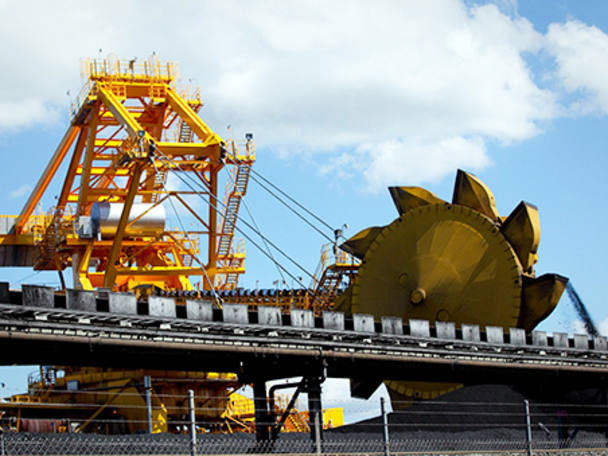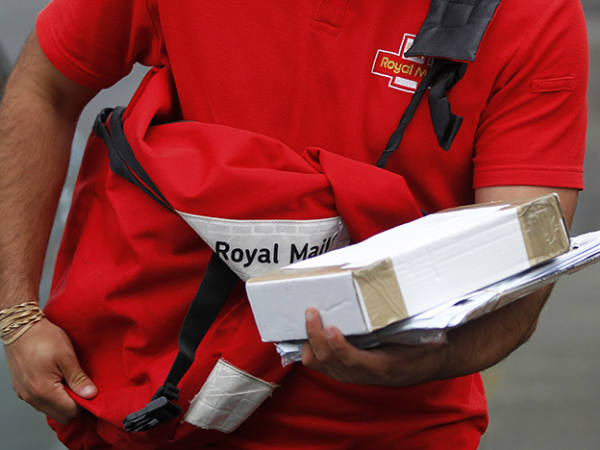Last week's announcement that BHP Billiton (BLT) was actively considering a demerger of selected non-core assets was well received by the market - at least initially. The resource giant has subsequently confirmed the move, although the precise terms of the proposed spin-off have yet to be revealed. It's thought that chief executive Andrew Mackenzie and his team are still not completely decided on which assets will be included in the process, but we now know that the mining group's aluminium, coal, manganese, nickel and silver businesses would constitute the core of the newly demerged entity, which would be owned by existing BHP shareholders.
Ironically, it was largely these elements of the group's mining portfolio that London-listed Billiton brought to the table when it merged with Australia's BHP in 2001. Even at the time it was widely held that Billiton's shareholders got the better of the deal. BHP investors were to hold around 57 per cent of the combined entity, while Billiton's got 43 per cent. The upshot was that the owners of 'the big Australian' were effectively paying a substantial premium, based on the then share prices of the two miners.
With the benefit of hindsight, the deal looks even more loaded in Billiton's favour. Over the past couple of years, the aggregate contribution of the Billiton business segments has ranged between 6 and 11 per cent of underlying pre-tax profits. While the creation of the diversified mining giant was greeted with much fanfare at the time, original BHP shareholders might now feel they were sold a pup.
That, of course, is history. Now, Andrew Mackenzie could opt to sell off the group's unwanted assets piecemeal - although there is less pressure to do so because of the progress the group has made in reducing net debt towards an initial $25bn (£15bn) target. Many City analysts view a spin-off as the preferred option. BHP Billiton, in keeping with the other integrated miners, is looking at ways to rationalise its business model. Management wants to focus primarily on four key areas: iron ore in Pilbara, Western Australia; coal in Queensland's Bowen Basin; South American copper; and North American oil and gas. That leaves plenty of peripheral businesses up for grabs.
BHP Billiton has already generated over $20bn in assets sales over the past two years, but with so many global mining assets now up for sale, it has become a buyers' market. X2 Resources - a newly established investment vehicle set up by ex-Xstrata boss Mick Davis - has been touted as a possible buyer for the group's Nickel West business, which isn't being spun off under the restructuring. However, the downward pressure on prices is largely irrelevant now that the group has decided to offer the demerged business to existing shareholders.
The spin-off, which should be completed in the first half of 2015, will require regulatory and shareholder approval, but the devil could be in the detail. The primary quote of the new company, which is to be headed by BHP's current chief financial officer Graham Kerr, will be on the Australian Securities Exchange, with a secondary listing in Johannesburg. It would probably seek to have American depositary receipts traded in the US as well. All well and good - but there could be a problem for UK shareholders whose investment mandates preclude them from owning overseas stocks. Presumably, BHP Billiton might offer to buy the shares under these circumstances - but at what price? And shareholders in the new entity must also be wondering about the supposed cost synergies that followed in the wake of the original merger. Does it follow that these savings will turn back into costs as the process is reversed?








